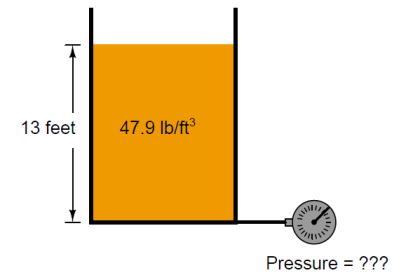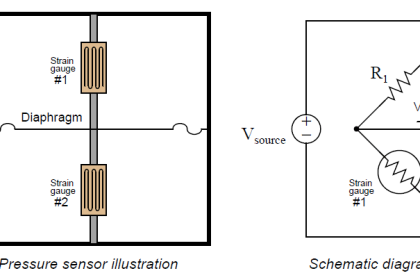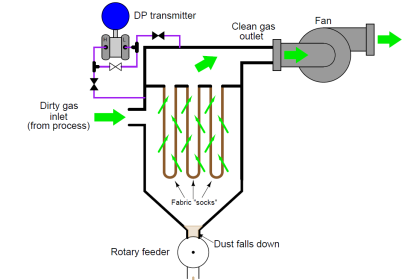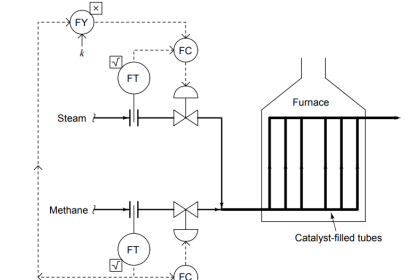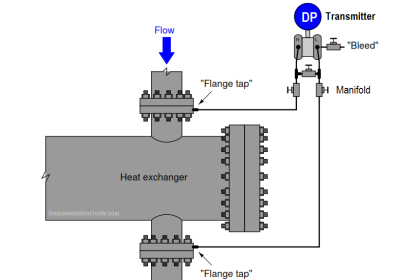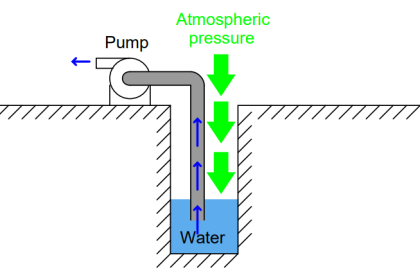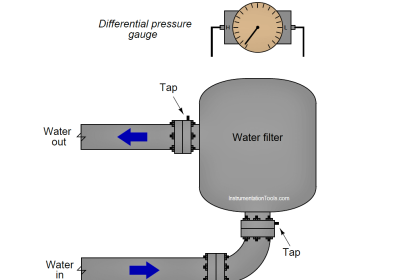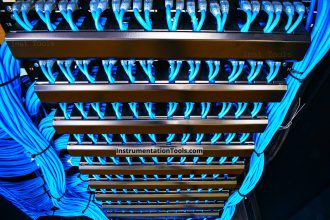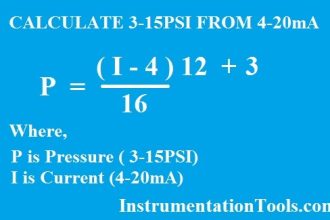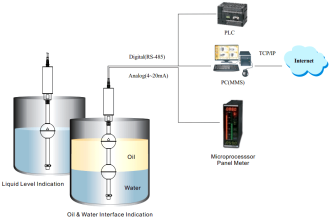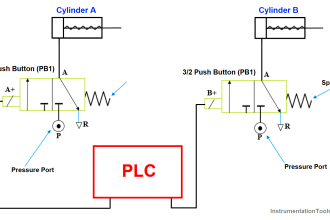Ultrasonic, radar, and magnetostrictive level measuring instruments use the principle of time-of-flight to determine the level of a process substance in a vessel.
A critical factor for the accuracy of any time-of-flight measurement technology is the velocity of propagation for the wave in question, through the substance(s) that wave must travel.
Level Measuring Instruments
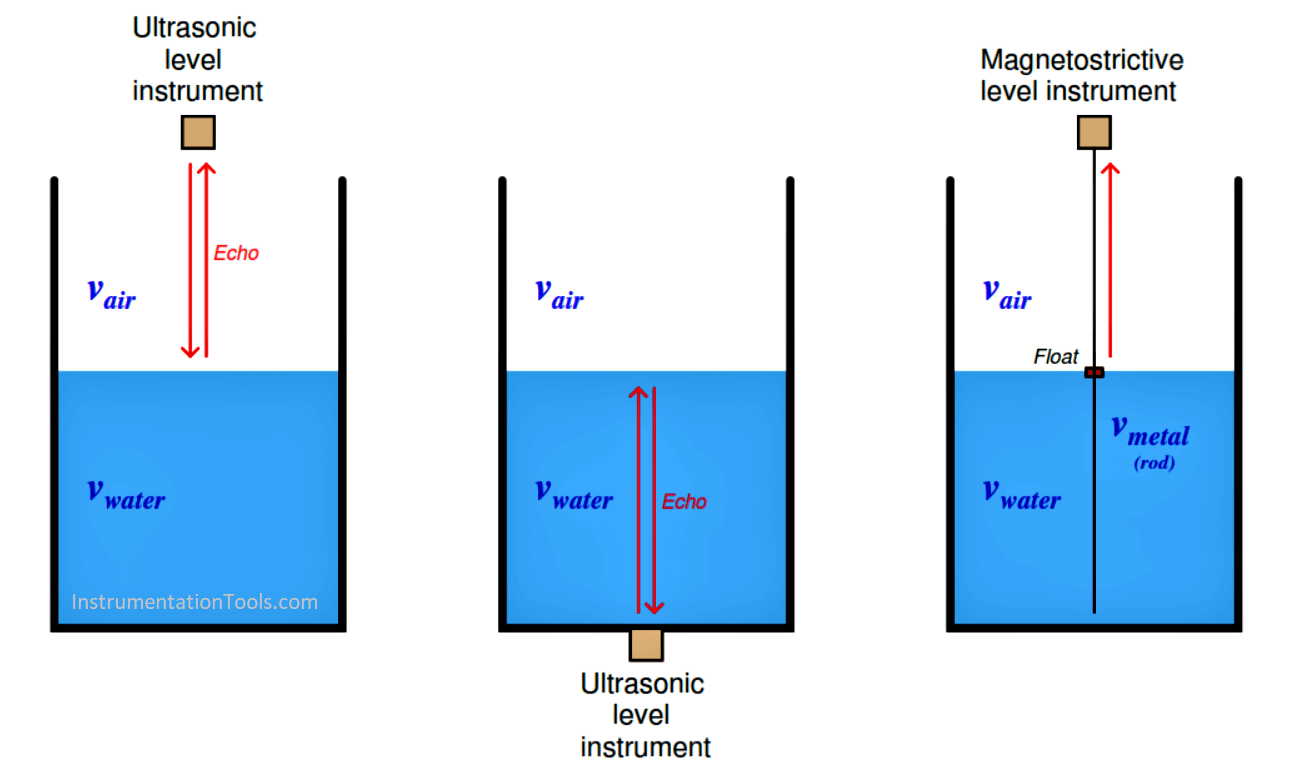
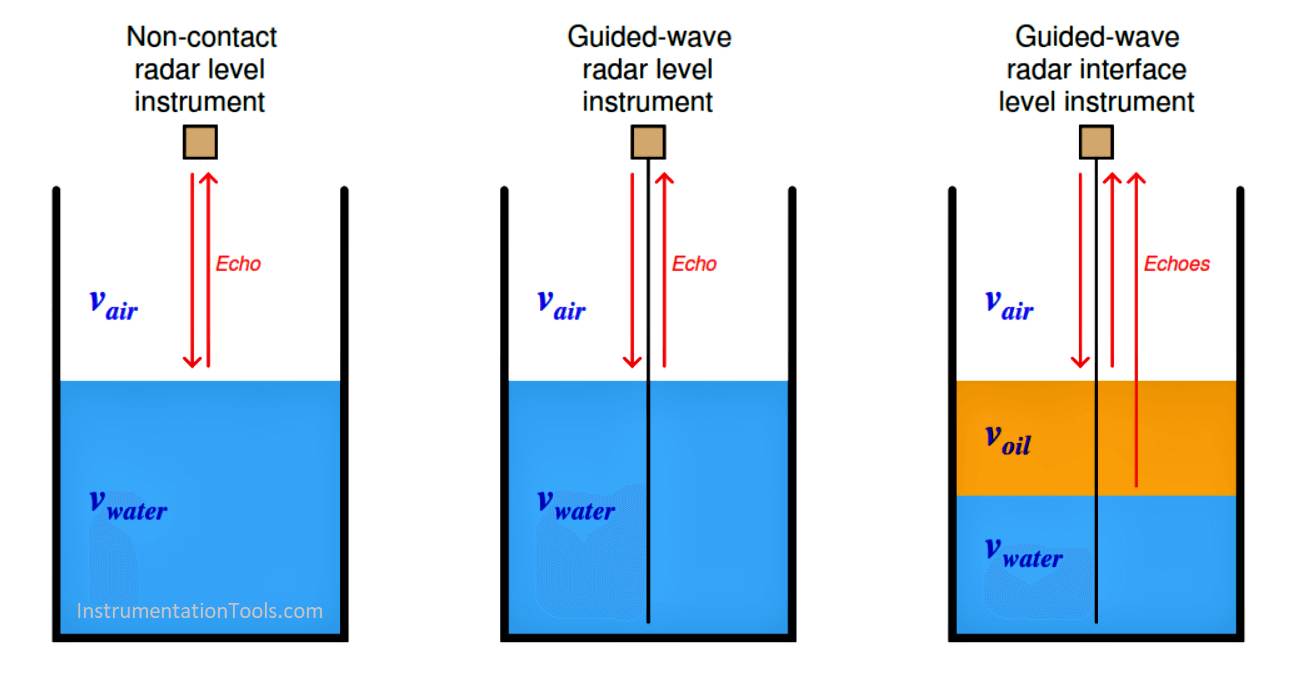
1. Examine each of these illustrations and then determine which of the velocities of propagation (v) matter and which do not. Be prepared to explain why, in each case!
2. Next, identify physical variables effecting the velocity of propagation for each of the waves in question.
3. Which of these level-sensing technologies do you suspect enjoys the greatest immunity from calibration error resulting from changing process conditions?
4. In each case, identify factors influencing the strength of the received signal
Partial Answer:
- Ultrasonic level, bottom-mounted: vwater matters, vair does not
- GWR level: vair matters, vwater does not
The velocity of propagation for sound waves varies with the density of the medium and also its bulk modulus. The velocity of propagation for radio waves varies with permittivity.
In both cases, changes in density (typically caused by changes in pressure and/or temperature) affect these factors, thereby affecting the velocity of propagation.
Share your answers & explanation with us through the below comments section.
Read Next:
- Tank Stilling Well
- Level Transmitter Errors
- Sump Tank Level Transmitter
- Magnetostrictive Level Sensor
- Guided Wave Radar Level Sensor
Credits: Tony R. Kuphaldt
